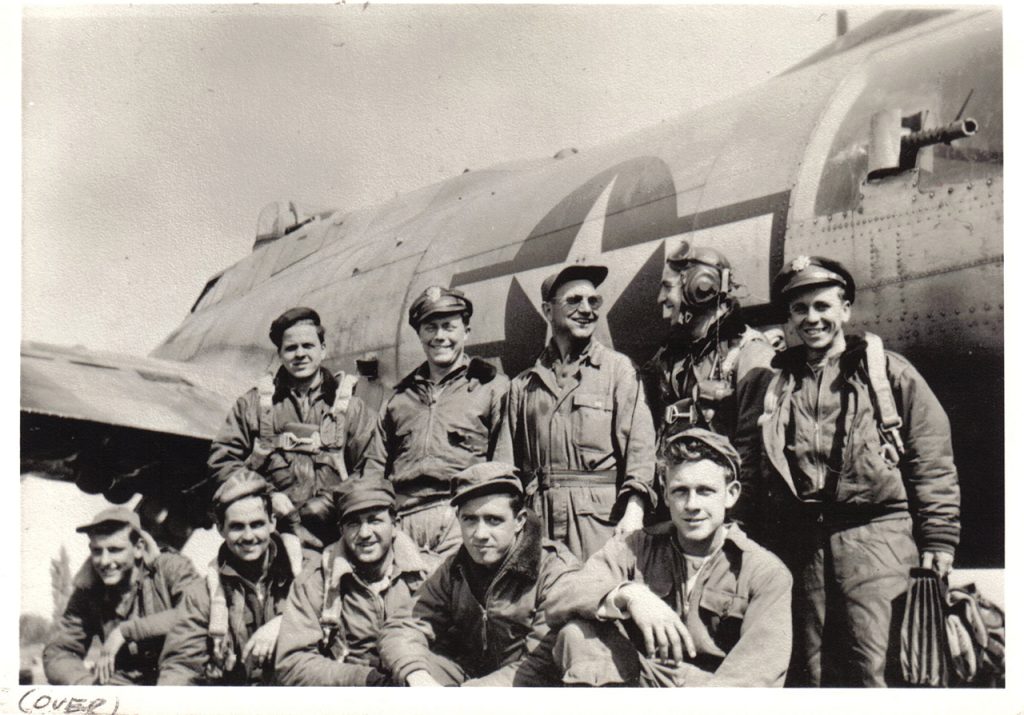The museum addition and enhancements include state-of-the-art exhibition and gallery spaces and rotating educational programs
Written by AUSTIN FREEMAN
Photos and renderings courtesy of the NATIONAL MUSEUM OF THE MIGHTY EIGHTH AIR FORCE
ELEVEN MILES OUTSIDE OF SAVANNAH, the National Museum of the Mighty Eighth Air Force is seeing an uptick in visitors, both in person and on the website.
“It has definitely been busier,” says Heather Thies, the museum’s director of education and volunteers. “We are getting a lot more questions asking if we have any information on family members who served, and we’ve seen a lot more artifact donations.”
Since opening in May 1996, the 90,000-square-foot museum has been on a mission to preserve the stories of courage, character and patriotism displayed by the men and women of the Eighth Air Force — also known as the “Mighty Eighth” — which activated in Savannah in 1942 and played a critical role in World War II.
The recent rise in interest is thanks largely in part to the popular new television series “Masters of the Air,” streaming on AppleTV+ and starring Austin Butler and Barry Keoghan. Created by Steven Speilberg, Tom Hanks and Gary Goetzman — the producers of “Band of Brothers’’ — the show is based on the book by historian Donald L. Miller and recounts the riveting history of the young men who flew the bombers that helped defeat the Nazis and liberate Europe.

More than Airplanes
This surge of curiosity could not have come at a better time as the museum recently surpassed its $12 million capital campaign, titled “Maximum Effort,” to fund enhancements and a 20,000-square-foot expansion. The addition will allow more stories to be told — making the museum’s vast collection more accessible to the public, advancing its mission, and ensuring its continuation for generations to come.
“A lot of people think that we are an airplane museum, but we are a museum that has planes,” adds Dawn Brosnan, director of communications and marketing. “They are a focal point for sure, especially our B-17, but we are about the stories of the Eighth Air Force, the Airmen. We tell their stories.”
In February 2024, the museum broke ground on the expansion, which promises to include state-of-the-art exhibition and gallery spaces that have been specifically designed to accommodate a B-24 bomber, along with rotating educational programs that will ensure there is always something new and exciting for visitors to explore.
“We want to become more of a place that you keep coming back to,” says Brosnan. “Even now, it takes you a few hours to go through all the exhibits, and you’re not even going to hit everything.”
When the expansion completes in late 2025, the existing museum will also be redesigned to further contextualize artifacts and better immerse visitors in the stories of the Eighth Airmen. “From interactive displays and multimedia presentations to engaging storytelling, every element has been carefully curated to evoke a sense of awe and admiration for these brave individuals who served their country,” says Brosnan.

“A lot of people think that we are an airplane museum, but we are a museum that has planes. They are a focal point for sure, especially our B-17, but we are about the stories of the Eighth Air Force, the Airmen. We tell their stories.”
— Dawn Brosnan, director of communications and marketing for the National Museum of the Mighty Eighth Air Force
Sign of Bravery
The local history of the Eighth traces back to January 1942, when the United States Army Air Corps formed the Eighth Air Force. A historical marker in front of the American Legion Post 135 on Bull Street, which was then a National Guard Armory, honors where it all started.
Quickly after forming in Savannah, the Eighth was moved to bases across East Anglia, England, and tasked with the strategic daylight bombing of Nazi infrastructure. As the threat of Hitler and the Nazis grew, the Eighth would eventually consist of more than 350,000 Americans. Throughout the war, the Eighth became the largest air armada in the world, capable of sending more than 2,000 heavy bombers and over 1,000 fighter planes on a single mission.
“They would attack oil refineries, factories, railways and the airfields of Nazi Germany,” says Thies, “basically anything essential that would create and build the materials necessary to fight in the war.” Eventually, their mission would include directly targeting the German Air Force itself, the Luftwaffe. Thies explains that because of the Eighth’s success, “the skies would be clear of the German Air Force on D-Day.”

A Lasting Legacy
This victory, however, did not happen without significant losses. In October 1943, nearly one out of four Eighth Air Force crew members could expect to be shot down before completing their tour of duty: 25 combat missions. By the end of the war, the Eighth would suffer over 26,000 casualties, more than that of the entire U.S. Marine Corps.
Because “there are no battlefields in the sky” — one of Brosnan’s favorite sayings around the museum — it is up to the museum to educate visitors about the character, courage, valor and patriotism of the brave members of the Eighth and those who fought and lost their lives in combat, some of whom were in their early 20s.
“I think it is important for visitors to leave remembering that these are people just like us who got thrown into extraordinary, scary circumstances, and it completely changed everything,” says Thies. “The whole world was different afterward.”



